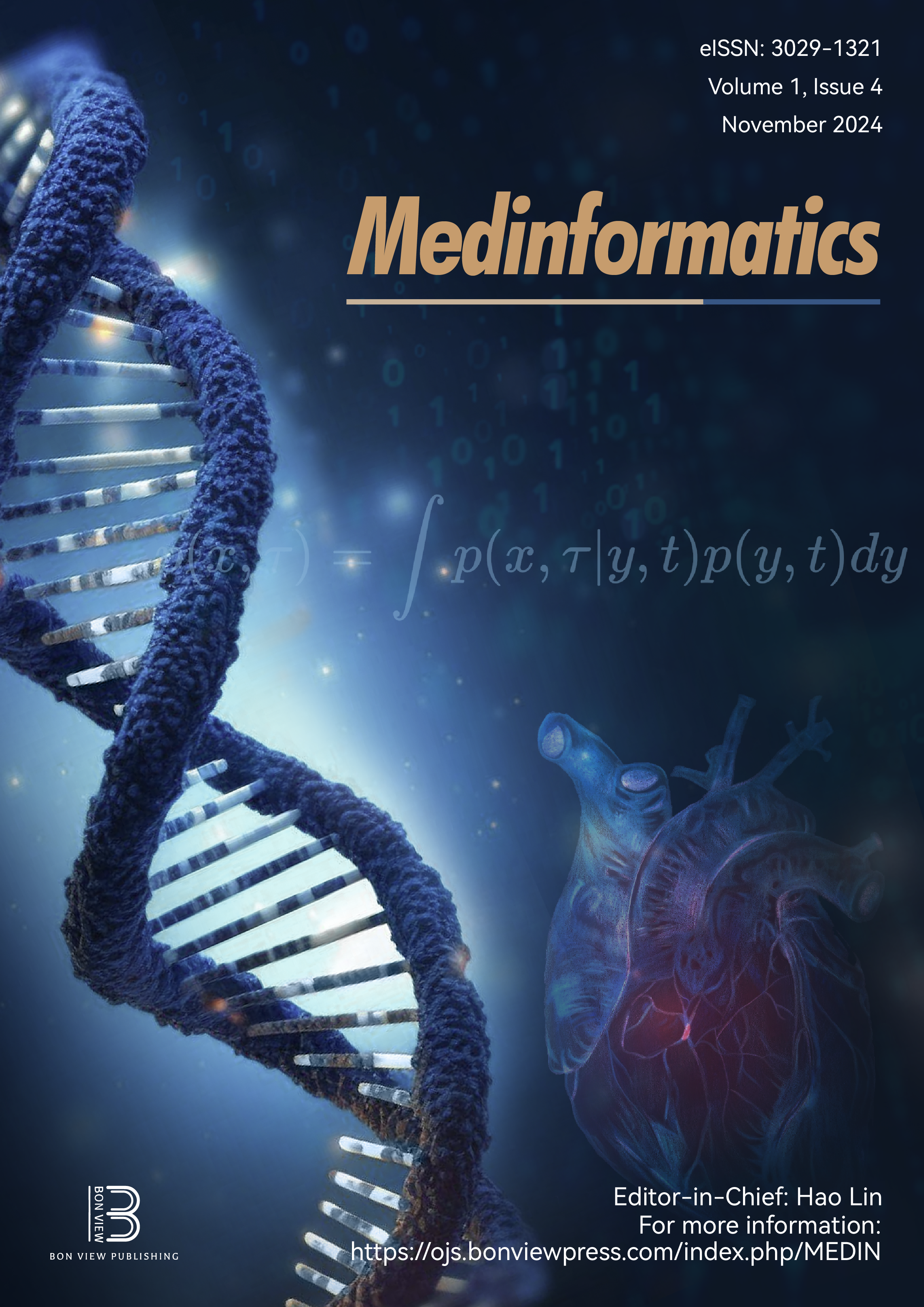In Silico Optimization of DNA Codons in Genes Encoded by Various Variants of Ebola Virus
DOI:
https://doi.org/10.47852/bonviewMEDIN42021822Keywords:
CAI, GC, Ebola virus, codon optimization, Ebola virus disease, vaccinesAbstract
Ebola hemorrhagic fever is a serious and often deadly illness that affects primates, especially humans. Ebola virus disease (EVD) is very deadly and has no widespread treatment, making it one of the most lethal zoonotic infections. The viral genome is approximately 19 kb in length, non-segmented, linear, and negative single-stranded (−SS) RNA. The Ebola virus (EBOV) genome contains seven genes: glycoprotein (GP), nucleoprotein (NP), L, and VP (VP30, VP24, VP35, VP40), which encode GP, NP, RNA polymerase, and viral proteins. When we modified the DNA sequence by codon adaptation, we noted considerable increases in the codon adaptation index (CAI) and GC content when compared with that of the natural-type strain. On average, the NP gene in the modified DNA exhibited a 3.14-fold increase (equivalent to 213.5%) in CAI and a 1.2-fold increase (19.17%) in GC content. Similarly, the GP gene showed a 3.57-fold increase (257.14%) in CAI and a 1.16-fold increase (16.56%) in GC content. Furthermore, the modified DNA resulted in a 3.44-fold increase (244.8%) in CAI and a 1.22-fold increase (22.5%) in GC content for the VP35 gene, a 4.34-fold increase (334.8%) in CAI and a 1.26-fold increase (26.04%) in GC content for the VP30 gene, and a 3.84-fold increase (284.6%) in CAI and a 1.2-fold increase (21.2%) in GC content for the VP40 gene. The VP24 gene exhibited a 3.84-fold increase (284.61%) in CAI and a 1.23-fold increase (23.3%) in GC content, while the L gene showed a 3.84-fold increase (284.61%) in CAI and a 1.23-fold increase (23%) in GC content. The results obtained illustrate that modified genes can boost expression in a host organism without producing truncated proteins. Furthermore, GP and NP are considered as promising candidates for an EBOV vaccine, as they possess immunogenic properties and can stimulate an immune response.
Received: 2 October 2023 | Revised: 10 January 2024 | Accepted: 30 January 2024
Conflicts of Interest
Indra Mani is an Editorial Board Member for Medinformatics, and was not involved in the editorial review or the decision to publish this article. The authors declare that they have no conflicts of interest to this work.
Data Availability Statement
The data that support the findings of this study are openly available in supplementary figures at https://10.47852/bonviewMEDIN42021822.
Author Contribution Statement
Anshu Mathuria: Validation, Formal analysis, Investigation, Resources, Data curation, Writing – original draft, Writing – review & editing, Visualization. Mehak Ahmed: Validation, Formal analysis, Investigation, Resources, Data curation, Writing – original draft, Writing – review & editing, Visualization. Indra Mani: Conceptualization, Methodology, Validation, Formal analysis, Investigation, Resources, Data curation, Writing – original draft, Writing – review & editing, Visualization, Supervision, Project administration.
Downloads
Additional Files
Published
Issue
Section
License
Copyright (c) 2024 Authors

This work is licensed under a Creative Commons Attribution 4.0 International License.


